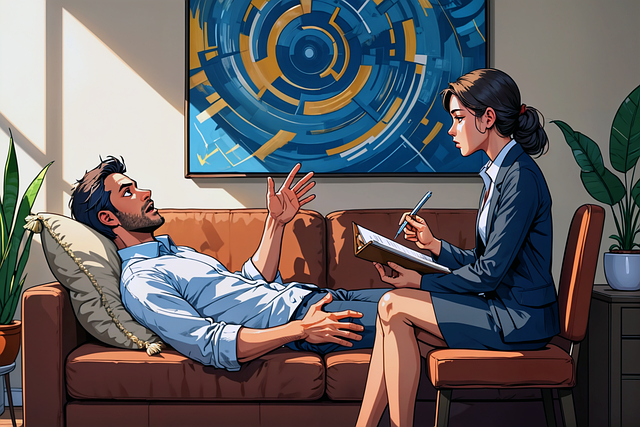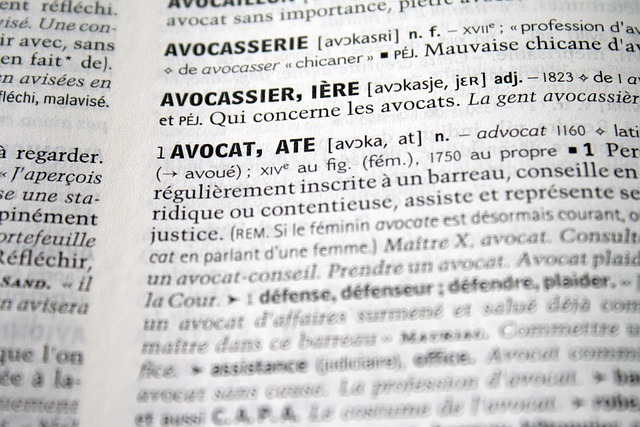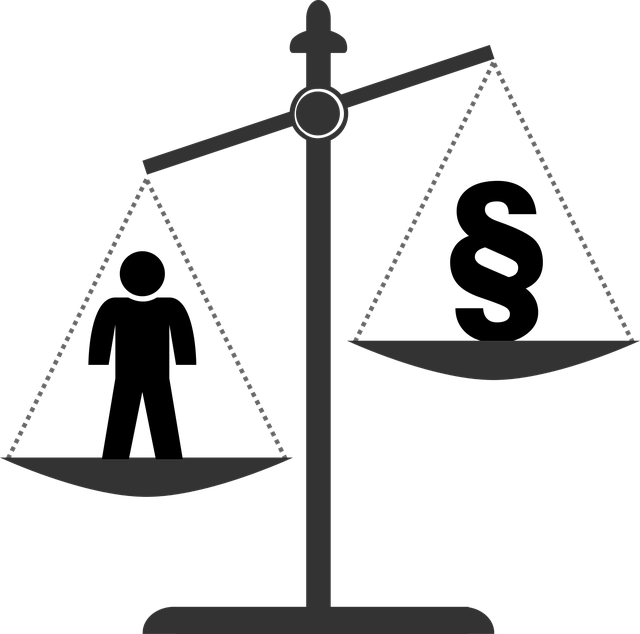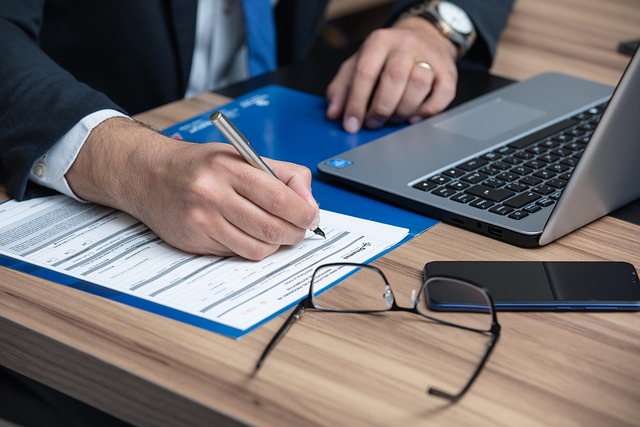In shared urban spaces with dedicated bike lanes, cyclists and drivers have both rights and responsibilities. Cyclists must follow traffic laws while drivers owe a duty of care to exercise reasonable caution. After an accident, documenting incidents, exchanging information, and consulting a bike lane accident lawyer are crucial steps. Lawyers navigate complex legal landscapes to advocate for cyclists' rights, determining liability based on speed, road conditions, and compliance with traffic laws. Proper maintenance of bike lanes is vital to prevent disputes between cyclists and cities, ensuring fair treatment for injured parties through knowledgeable legal representation.
In the bustling world of urban mobility, understanding bike lane dynamics is crucial. This article reveals the lesser-known aspects of bike lane accidents, guided by expert insights from a bike lane accident lawyer. We demystify common causes, from driver negligence to infrastructure flaws, and explore hidden legal complexities. Learn about time-sensitive claims, the power of documentation, and strategies for securing fair compensation. Armed with this knowledge, cyclists can navigate shared spaces with newfound confidence, ensuring their rights are protected in case of an accident.
- Understanding Bike Lane Rights and Responsibilities
- – The legal framework surrounding bike lanes
- – Rights of cyclists and obligations of drivers in shared spaces
Understanding Bike Lane Rights and Responsibilities

Cyclists navigating city streets rely on dedicated bike lanes for safety and convenience, but understanding their rights and responsibilities is crucial when involved in an accident. While a bike lane accident lawyer can offer invaluable legal representation, knowing your role as a cyclist and driver alike is essential to ensuring fair outcomes. Bike lanes are designed to protect cyclists from motor vehicle traffic, but they also come with specific rules. Cyclists must follow the same traffic laws as motorists, including stopping at red lights and yield signs. They should ride in the same direction as other traffic and signal turns or stops just like drivers do.
On the other hand, drivers have a fiduciary duty to exercise reasonable care when operating their vehicles. This means they need to be vigilant, especially in areas with bike lanes, and maintain a safe distance from cyclists. Failures to respect these duties can lead to serious caregiver negligence and subsequent legal consequences. When accidents occur in bike lanes, it’s important to document the incident, exchange information with other parties involved, and contact a qualified bike lane accident lawyer for guidance on pursuing any potential claims or damages.
– The legal framework surrounding bike lanes

The legal framework surrounding bike lanes is a complex web designed to protect cyclists and ensure their safety on the roads. These laws vary by jurisdiction but generally aim to establish clear rules for vehicle and cyclist interaction within designated bike lanes. A bike lane accident lawyer plays a crucial role in navigating these complexities, advocating for the rights of cyclists involved in accidents. When a collision occurs within a marked or protected bike lane, it’s essential to understand who is at fault—whether it’s a driver, cyclist, or even city infrastructure.
In many cases, determining liability involves examining factors like speed, road conditions, and adherence to traffic laws. Contract disputes may arise between cyclists and cities if there was a failure to maintain the bike lane, leading to hazardous conditions that contributed to an accident. Moreover, individuals who suffer truck accident injuries or other harm due to negligence in these lanes have legal recourse to seek accident compensation. A knowledgeable bike lane accident lawyer can guide clients through these intricate matters, ensuring they receive fair treatment under the law.
– Rights of cyclists and obligations of drivers in shared spaces

In shared spaces where bike lanes meet public roads, cyclists have distinct rights that must be respected by drivers. According to many jurisdictions, bike lanes are considered a safe space for cyclists and their use is enforced to promote road safety and reduce accidents. Cyclists have the same rights as motorists, including the right of way at intersections and stop signs. However, they also have specific obligations, such as following traffic rules and signaling turns, to ensure harmonious coexistence with other road users.
A bike lane accident lawyer would advise that drivers, in turn, have a duty of care to exercise reasonable caution when sharing these spaces. This includes maintaining a safe speed, providing ample passing distance, and being vigilant for cyclists. Understanding these rights and obligations is crucial for both parties to prevent accidents and foster a safer environment for everyone on the road. Awareness and mutual respect are key in navigating shared spaces, just as they are in real estate disputes or even slip and fall cases involving different parties.
When navigating the complexities of a bike lane accident, understanding your rights and seeking guidance from an experienced bike lane accident lawyer can be invaluable. By familiarizing yourself with the legal framework governing these shared spaces, you empower yourself to advocate for justice and hold accountable those who may have contributed to your harm. Remember, knowledge is a powerful tool in ensuring cyclists’ safety and securing fair compensation.






